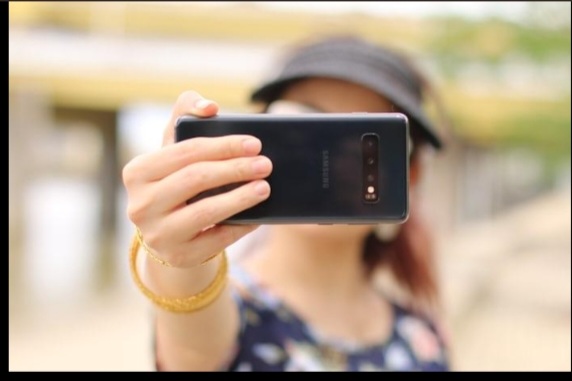Bolt seeks to curb the impersonation of drivers by introducing a new selfie verification feature. The new feature is being implemented across South Africa by Bolt operating drivers, which will also help improve passenger safety. Driver impersonation is a significant problem the ride-hailing industry faces.
Drivers will have to verify their identity by taking a selfie before they can be permitted to go online, as the selfie will be matched against the government database (Department of Home Affairs) to ensure the authenticity of the driver. They will also be required to occasionally share a live selfie to confirm if the correct driver is behind the wheel.
Takura Malaba, Regional Manager, East, and Southern Africa, have emphasized the seriousness of driver impersonation across this industry. Bolt has even implemented a measure that permanently blocks drivers who rent out their profile, which is considered fraud.
Riders who request locations previously identified as high-incidence hotspots must take a selfie of themselves before ordering a trip. This is done to improve the driver-rider trust further and consolidate Bolt’s safety measures.
Bolt has reported that in their seven years of operation, they have exceeded one billion rides in Africa and expect their drivers on the platform will increase to one million in the coming six months. Bolt also has plans to expand its services in Africa by investing €500 million into its operation within the next two years.
This new feature shows Bolt’s commitment to ensuring passenger safety and is a commendable move to improve trust and safety in their platform. Their Investment also brings to light Bolt’s commitment to the African continent and its people. As they continue to expand their services and introduce new features, passengers are guaranteed better safety and convenience when using the Bolt app.
Click here to read the original article
 We just launched our WhatsApp channel. Want to get the latest news from the Tech in Africa?
We just launched our WhatsApp channel. Want to get the latest news from the Tech in Africa?



